The purpose of using Functional Electrical Stimulation (FES) as exercise therapy is to restore normal musculoskeletal function or to reduce pain caused by diseases or injuries” US national library of medicine). As a result, to determine the achievement of specific therapeutic goals, there must be continued support available throughout the course of the exercise therapy, be this by face to face contact, phone or online support.
The need for this continued support is further evidenced by published reports that one of the primary barriers to rehabilitation adherence is lack of appropriate support and diminished self efficacy. You only need to look into other fields, such as weight loss (weightwatchers, slimming world) and smoking cessation (initiatives such as STOPtober) to recognise the importance of continued support.
All the Restorative Therapies equipment is linked via SAGE (smart therapy control system) to an extensive online database where all sessions are uploaded and stored such that any session that is completed by an individual can be opened and analysed remotely to ensure that correct and effective therapy is taking place.
Furthermore, automatic progression can be enabled in the software to help to gradually progress the individual towards their agreed goal and weekly emails are sent to the individual to summarise their progress and to continue to motivate and encourage their participation in the therapy. This software also provides the opportunity to set up interval training programmes to focus upon different aspects of rehabilitation, such as muscular endurance, muscle strength or cardiovascular fitness which allows to more interesting, varied and effective therapy.
Need to prevent damage
An essential factor to keep in mind when considering the use or prescription of any FES cycling device, is that FES uses electrical currents to elicit muscular contractions. Whilst these are considered as low-level voltages and currents, they are still more than sufficient to cause damage to the individual if used incorrectly, especially in the case of individuals with neurological injury or illness who suffer reduced sensation of awareness.
A specific example from SCI is the risk of Autonomic Dysreflexia (AD) in individuals with injuries above the level of T6 resulting from a lack of sympathetic control to noxious stimuli. When completing FES cycling, gluteal stimulation can often result on a noxious stimulus which, if set at too high a level can lead to an attack of AD.
To control for this, a reduction in the stimulation pulse width (i.e. reducing affect nerve stimulation) is required. A key feature of Restorative Therapies’ systems is the ability to set different pulse widths to each channel, meaning that a lower pulse width can be applied to the gluteals to minimise the risk of AD, whilst still applying higher (longer) pulse widths to the thigh musculature (or whichever other muscles are targeted) to enhance the effectiveness of the therapy session.

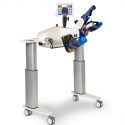
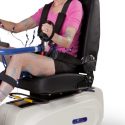
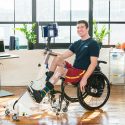
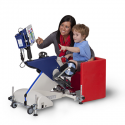
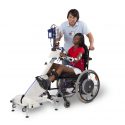
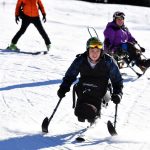

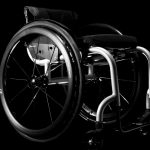

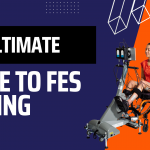
Recent Comments